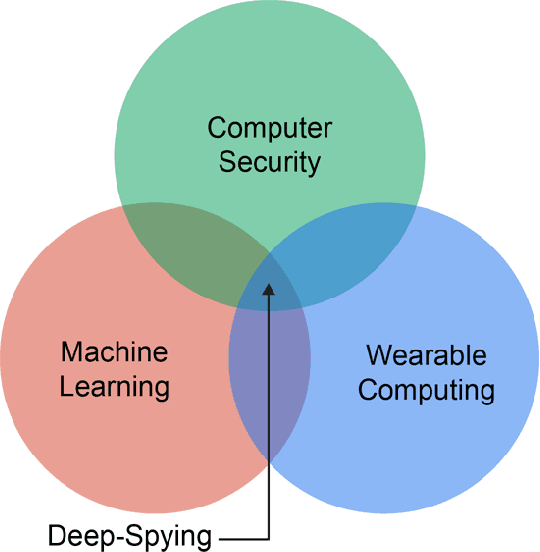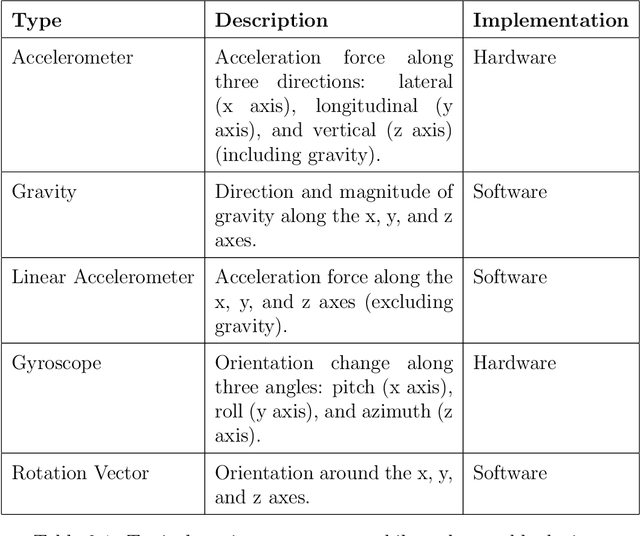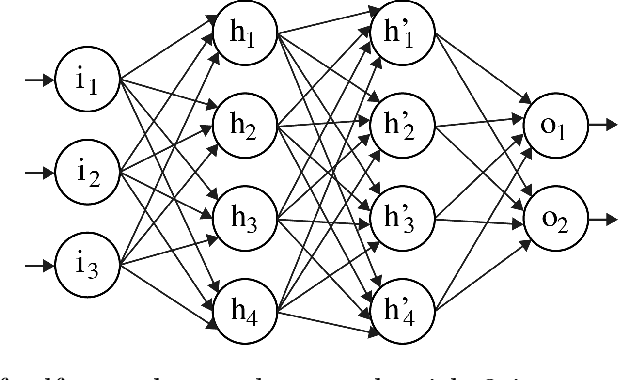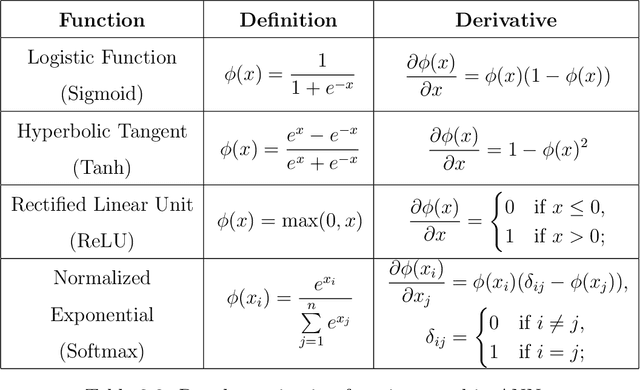Deep-Spying: Spying using Smartwatch and Deep Learning
Paper and Code
Dec 17, 2015



Wearable technologies are today on the rise, becoming more common and broadly available to mainstream users. In fact, wristband and armband devices such as smartwatches and fitness trackers already took an important place in the consumer electronics market and are becoming ubiquitous. By their very nature of being wearable, these devices, however, provide a new pervasive attack surface threatening users privacy, among others. In the meantime, advances in machine learning are providing unprecedented possibilities to process complex data efficiently. Allowing patterns to emerge from high dimensional unavoidably noisy data. The goal of this work is to raise awareness about the potential risks related to motion sensors built-in wearable devices and to demonstrate abuse opportunities leveraged by advanced neural network architectures. The LSTM-based implementation presented in this research can perform touchlogging and keylogging on 12-keys keypads with above-average accuracy even when confronted with raw unprocessed data. Thus demonstrating that deep neural networks are capable of making keystroke inference attacks based on motion sensors easier to achieve by removing the need for non-trivial pre-processing pipelines and carefully engineered feature extraction strategies. Our results suggest that the complete technological ecosystem of a user can be compromised when a wearable wristband device is worn.
 Add to Chrome
Add to Chrome Add to Firefox
Add to Firefox Add to Edge
Add to Edge